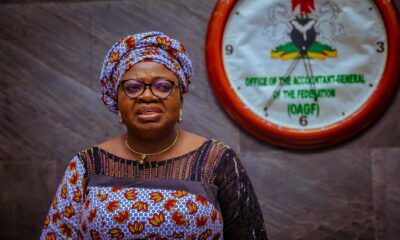Features
8 Women Leaders Championing Earth’s Restoration Make the 2024 Global Landscapes Forum’s List
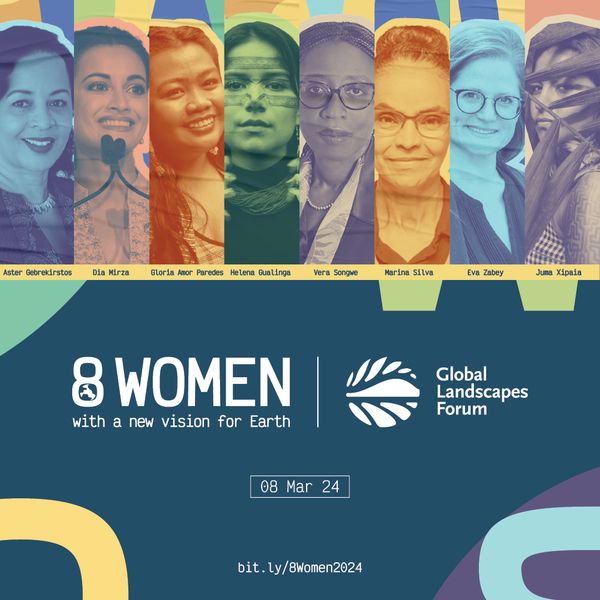
The Global Landscapes Forum (GLF), in its fifth annual campaign, recognises women who are making significant contributions to restoring the world and fighting climate change. Despite the various challenges that humanity is facing through climate change, these women are taking proactive measures to find solutions to one of the most pressing issues affecting our planet. The GLF’s list features women who are innovators in various fields such as science, technology, art, public policy, sustainable business, environmental activism, journalism, litigation, climate finance, international climate treaty negotiations, and grassroots ecosystem restoration across the world.
Remarkably, the Global Landscapes Forum (GLF) unveils the annual list to celebrate Women’s History Month.
Meet some of these inspiring women
Vera Songwe – The Financer
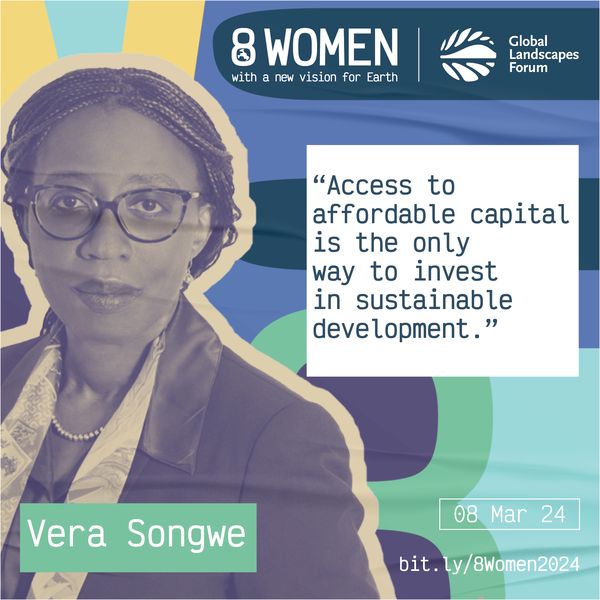
Vera Songwe is the Chair and founder of the Liquidity and Sustainability Facility, and co-chair, of the Independent High-Level Expert Group on Climate Finance. Through her career at a series of international and financial organisations, Cameroonian economist and banking executive, Vera Songwe has discovered a simple truth: it’s expensive to be a poor country. Some African countries have found themselves excluded from capital markets due to the high costs of borrowing money. So, she decided to do something about it.
The Liquidity and Sustainability Facility (LSF) was founded to break this vicious cycle of financial exclusion and to unlock green financing for Africa’s transition toward a more prosperous and sustainable tomorrow. “Access to affordable capital is the only way to invest in sustainable development,” says Songwe, who envisions a future where the climate crisis is kept in check and less than 5 per cent of the world’s population lives below the poverty line.
Despite the challenges, she is optimistic. Better institutions and investments in human capital have driven remarkable development gains in the past three decades, and technological advances can speed up progress, she says. “That is, provided we protect the planet as we improve economic outcomes.”
Read more here.
Aster Gebrekirstos – The Scientist
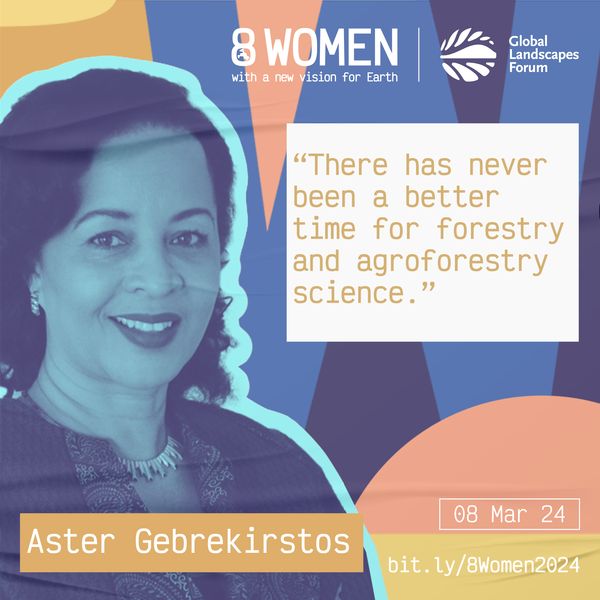
Growing up as the oldest of seven children in Ethiopia’s beleaguered Tigray region, Aster Gebrekirstos could never have known that she would go on to study forestry, pioneer climate science and dendrochronology in Africa, author more than 100 scientific papers and train a generation of forestry experts across the region.
It all started at the turn of the century when she grabbed an opportunity to further her forestry studies in the Netherlands. Eventually, during her PhD studies in Germany, she developed a fascination for dendrochronology – the dating of tree rings to determine past environmental conditions.
“I was captivated by the science and its potential application in the study of climate change and the restoration of degraded lands,” says Gebrekirstos, now a senior scientist at the Center for International Forestry Research–World Agroforestry (CIFOR-ICRAF). “Having witnessed the utility of dendrochronology in Europe and America, I am convinced of the potential of this science in Africa.”
Gebrekirstos would eventually establish CIFOR-ICRAF’s dendrochronology lab, which examines how climate and ecological processes impacted trees in the past to understand how trees will respond to future climate conditions. In much of Africa, existing climate data only goes back 30 to 40 years, and there is limited data on the ecology and physiology of indigenous tropical plants. Restoration efforts are focused on a few exotic species.
Gebrekirstos’ goal is to expand this timeframe and fill the gaps in the continent’s climate records, as well as further examine topics like the tolerance of tree species to climate stress and the effect of the climate crisis on foresters, agroforestry and ecosystems.
Other women with a vision for Earth are:
Marina Silva – The Policymaker
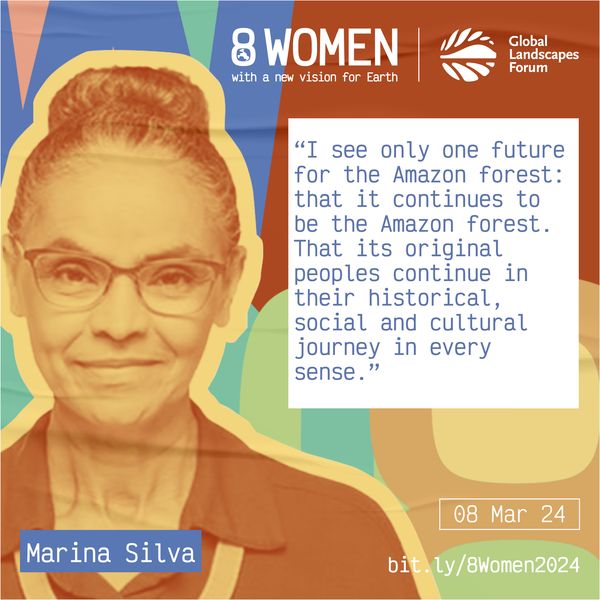
From a childhood in the Amazon to the halls of power, Marina Silva has fought for decades to protect the forest and those who call it home. Raised in a family of rubber tappers, Silva worked with the environmentalist Chico Mendes to battle deforestation in the Amazon and lead the trade union movement before becoming the first rubber tapper to ever enter the Federal Senate in 1994.
This kicked off a political career that has twice seen Silva appointed as Brazil’s environment minister under current president Luiz Inácio Lula da Silva. Her first term, between 2003 to 2008, saw deforestation drop by 75 per cent between 2004 and 2014. Since she was reappointed to the position in 2023, deforestation in Brazil’s Amazon has dropped by half.
Silva believes humanity’s environmental woes often stem from our fixation on “having” rather than “being.”
Gloria Amor Paredes – The Advocate
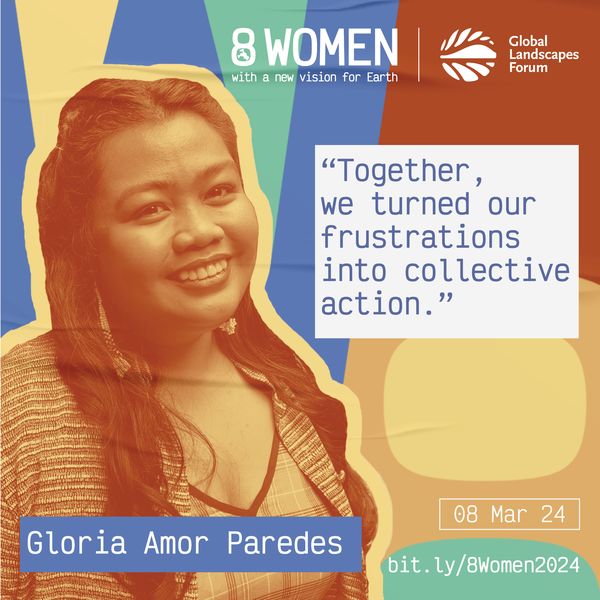
A decade ago, environmental advocate Gloria Amor Paredes embarked on a journey alongside Indigenous communities in Bukidnon to reclaim their food sovereignty and security. Together, they’re working to revitalize and reconnect with the traditions that underpin their role as environmental stewards of a unique landscape, home to the planet’s largest flower and second-largest bird.
The Salumayag Youth Collective for Forests, which she co-founded with Manobo-Kulamanun youth leaders, is an Indigenous youth- and women-led initiative bringing forests and lands back to health through restoration and regenerative practices that are rooted in local culture.
“As a young woman advocating for ecological justice, I have experienced firsthand how the exclusion of marginalized and minority groups can harm the environmental movement,” she says. “Together, we’ve turned our frustrations into collective action.”
Helena Gualinga – The Defender
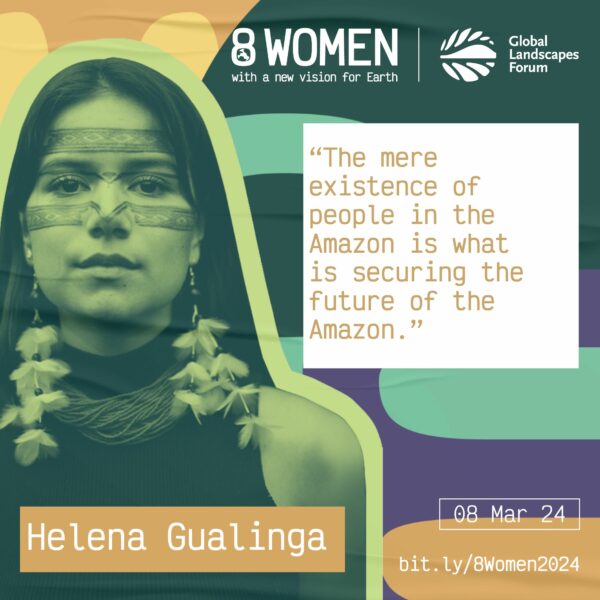
Born into a family of female Indigenous advocates, Helena Gualinga grew up witnessing the conflict between her community and an oil company that had moved in without its consent.
“I constantly saw all the things that happened to my people, to the people that said no,” she said in a 2020 interview with Refinery29. “It was always part of my life that people were fighting for our communities. This was normal for me, that someone was trying to take our home from us.”
It didn’t take long for Gualinga, hailing from the Kichwa Sarayaku community in Pastaza, Ecuador, to embark on her own journey as an environmental and human rights activist.
In 2012, when Gualinga was 10 years old, her community won a case against the Ecuadorian government at the Inter-American Court of Human Rights, which upheld the rights of Indigenous Peoples to free, informed and prior consent before such projects can be undertaken.
Eva Zabey – The businesswoman
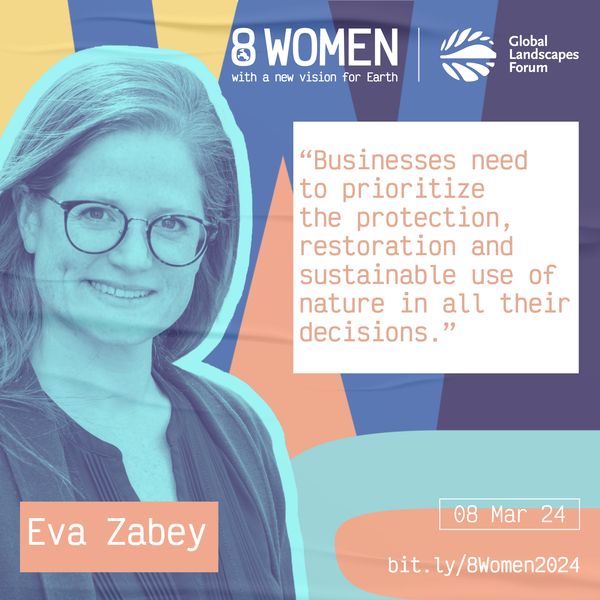
Eva Zabey was doing a master’s degree in environmental management in Lausanne, Switzerland when a professor’s remark on her thesis sent her career on an unexpected trajectory.
“I realized how pivotal businesses are to conserving and managing nature,” says Zabey, who now works to make business part of the solution to the world’s interconnected environmental crises.
A lifelong nature enthusiast and activist, Zabey now leads Business for Nature – a global business coalition that aims to drive credible business action and policy ambition to achieve a nature-positive economy for all by 2030.
In 2022, for example, the coalition rallied the private sector ahead of the UN Biodiversity Conference (COP15) to make it mandatory for businesses to assess and disclose their nature-related impacts, dependency and risks by 2030.
“Businesses need to prioritize the protection, restoration and sustainable use of nature in all of their decisions, from transforming their direct operations to reshaping entire sector value chains,” Zabey explains.
“They must also play their part in influencing the policy and regulatory environments they operate in and support meaningful engagement with Indigenous Peoples and local communities, who are the ultimate stewards caring for the ecosystems on which businesses depend.”
Juma Xipaia – The Activist
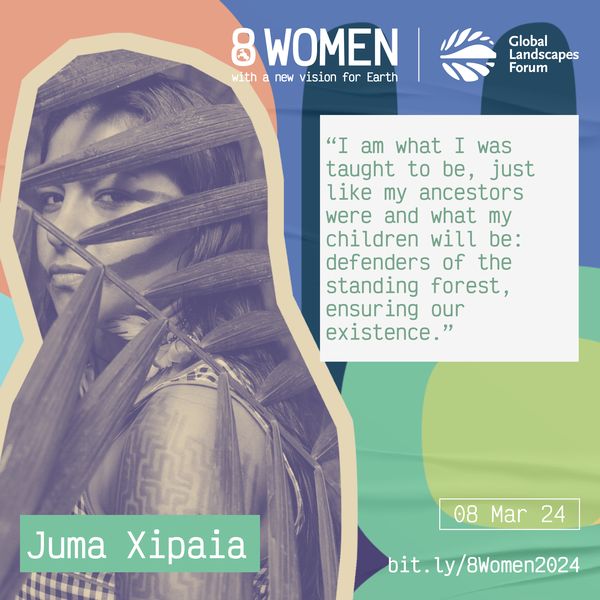
Juma Xipaia is a Brazilian Indigenous activist belonging to the Xipaya people. A mother, wife, activist and medical student at the Federal University of Pará, she became the first woman to become chief of the Middle Xingu region at the age of 24, taking charge of the village of Tukamã.
“I was born walking the paths of my ancestors, a path of struggle and resistance,” says Xipaia, adding that her people had to work for years to earn formal recognition of their existence and the demarcation of their territory.
Xipaia played an active role in resisting the construction of the Belo Monte dam, one of the world’s largest hydroelectric dams, on the Xingu River in the Brazilian state of Pará. In 2017, she uncovered a corruption scheme involving companies delivering Indigenous services.
Faced with intimidation and attempts against her life, she fled Brazil and spent a year in Switzerland, filing a complaint at the United Nations – but she ultimately chose to return to the Amazon rather than live in exile.
Dia Mirza – The Role Social Media
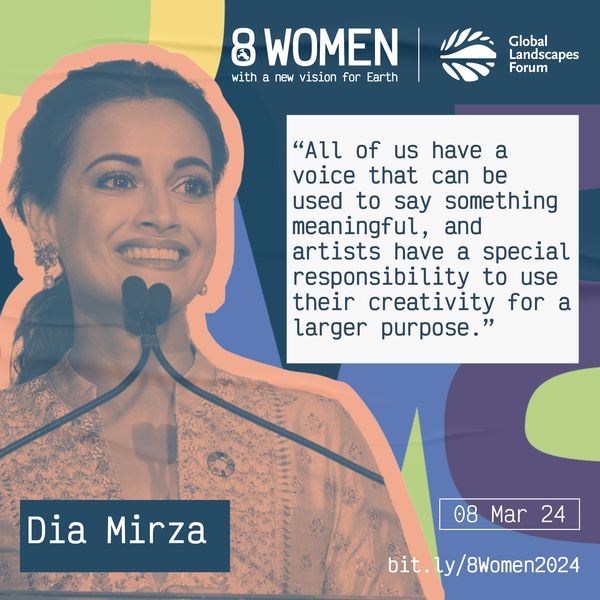
As a child, Dia Mirza found companionship in the pockets of nature tucked in her mother’s garden and around her school. She learned to value the biodiversity they nurtured – a lesson that stuck with her as she developed into a successful actor in India and began to use her platform to draw attention to social and environmental issues.
“The turning point was discovering mounds of plastic waste in the Himalayas while shooting Ganga – The Soul of India,” says Mirza, a UN Environment Programme Goodwill Ambassador and United Nations Secretary-General Advocate for the Sustainable Development Goals.
Visit the Global Landscape Forum to see their full profiles.






